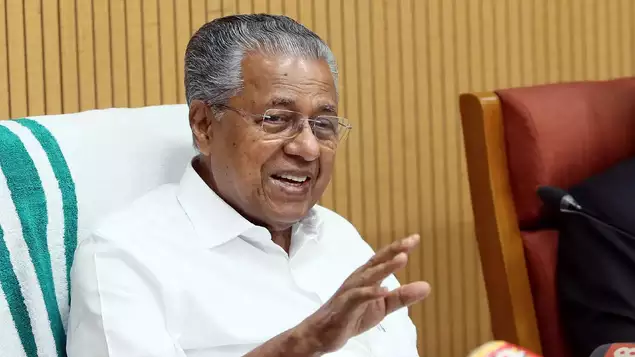
The Kerala government announced on Monday that it will conduct a direct inspection of buildings, institutions, land use, and other activities in buffer zones that have already been surveyed using satellite technology.
A high-level meeting presided over by Chief Minister Pinarayi Vijayan and attended by various ministers including A K Saseendran, P Rajeeve, and K Rajan made the decision to conduct a direct inspection, according to a statement issued by the Chief Minister's Office (CMO).
It was announced following heated debates in the state Assembly between the ruling LDF and the Congress-led opposition UDF over the issue of the eco-sensitive zone (ESZ), with the latter claiming that the state government should first withdraw its 2019 decision approving a one-kilometer wide buffer zone.
The meeting also decided to form an expert committee that will study the information gathered from the satellite survey and direct inspection and submits an interim report to the Supreme Court in one month and a final report in three months, according to the statement. Meanwhile, the state's Chief Secretary has been charged with codifying the departmental-level information provided by the Local Self-Government, Revenue, Agriculture, and Forest departments regarding buffer zone areas, according to the report.
It went on to say that the state had finished the satellite survey of the structures and activities in the buffer zone areas, as directed by the Supreme Court, and that this would be confirmed by a direct inspection. A review petition has been filed in the Supreme Court to re-examine its June 3 decision, and the state will seek an expedited hearing of the case, according to the statement.
Earlier in the day, state Forest Minister A K Saseendran told the Assembly that the Kerala government's decision to exclude or exempt residential and agricultural areas, as well as government, semi-government, and public institutions, from the one- kilometer wide eco-sensitive zone (ESZ) on July 27 had been communicated to the Centre, the Supreme Court, and the Central Empowered Committee.
The submission was made in response to the opposition UDF's inquiry about the steps taken to exclude residential and agricultural areas from the ESZ. He also stated that the Cabinet decided to approve the Forest Department's proposal to exclude such areas, agricultural land, and various public institutions from the ESZ after receiving objections to a Central government draught notification that included residential areas around 23 wildlife sanctuaries and national parks in the state.
The proposal from the Forest and Wildlife Department has also been forwarded to the Centre, he added. The opposition, on the other hand, stated in the Assembly that if the state government does not set aside or withdraw its earlier decision on buffer zones from 2019 and issue a new one in accordance with the Cabinet decision of July 27, it will face legal challenges in the Supreme Court and before the empowered committee.
According to the opposition, a 2019 Cabinet decision in principle decided on a one-kilometer wide buffer zone. The state Assembly's Leader of Opposition (LoP), V D Satheesan, stated that the 2019 order is still in effect, and thus the apex court and the empowered committee will not consider the state's plea. As a result, he said, the 2019 order should be replaced with a new one in accordance with the July 27 Cabinet decision.
Saseendran and state Law Minister P Rajeeve both said there was no need to do so. On June 3, the Supreme Court ordered that each protected forest, including national parks and wildlife sanctuaries, have an ESZ of one kilometre and prohibited mining activities within such parks across the country.
The order came in response to a batch of applications filed on a pending PIL (public interest litigation) from 1995, which raised two sets of issues, the first of which concerned mining activities in and around Jamua Ramgarh, a wildlife sanctuary in Rajasthan. The second set of issues concerned the establishment of ESZs around wildlife sanctuaries and national parks.
















